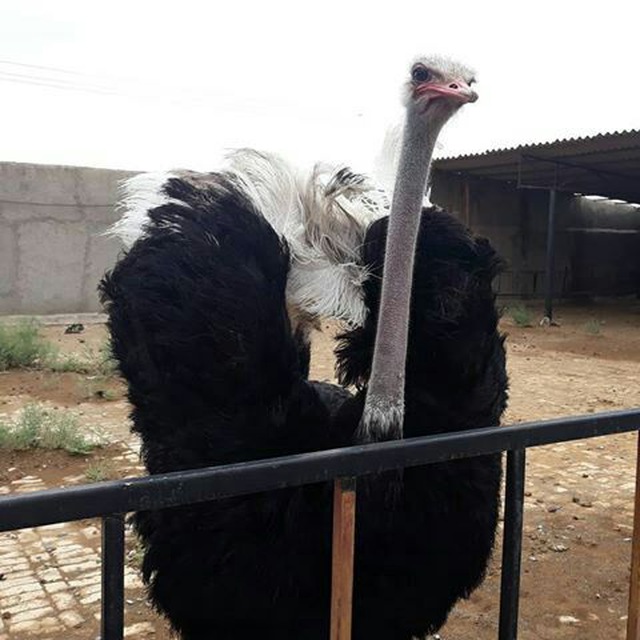The use of medicinal plants in ostrich diet;
Due to the existence of many concerns in the use of chemical growth stimulating compounds and antibiotics, the use of herbal compounds has been welcomed by poultry breeding experts and breeders. These medicinal plants have compounds with antibacterial, antifungal, antioxidant, appetizing, digestion-improving properties, containing vitamins and minerals. which improves the health level of the herd and improves its performance.
In the following, we briefly mention the use of some medicinal plants and their permissible limits:
1) Cinnamon: anti-diarrheal, strong antibacterial, appetizing
Amount of consumption: maximum 2 kg per ton of feed.
2) Turmeric: antioxidant and reducing the effect of stress, antibacterial, anti-toxin, improving digestion, anti-parasite
Amount of consumption: maximum 5 kg per ton of feed.
3) Black pepper: antibacterial, anti-diarrheal, appetizing, antioxidant
Amount of consumption: maximum 1.5 kg per ton of feed.
3) Thyme, oregano and mint: antibacterial, antioxidant, improving digestion, facilitating the elimination of respiratory disorders
Amount of consumption: maximum 5 kg per ton of feed.
4) Ginger: antibacterial, anti-inflammatory, antifungal, antioxidant
Amount of consumption: maximum 1 kg per ton of feed.
5) Garlic powder: antibacterial, antifungal, immune system booster, anti-toxin
Amount of consumption: maximum 5 kg per ton of feed [the maximum consumption of fresh garlic is 2.5 kg per ton of feed].
Each of these medicinal plants are used in cases where they can be effective, and the use of these medicinal plants singly or in combination depends on the age of the bird, farm conditions, problems or common disorders in the farm, and compatibility with other feed ingredients, observing The limit can be used.
Author: Engineer Ramin Shahabi
Asian Ostrich Breeders Group
@shotormorgh0
Asian ostrich breeders channel
@shotormorgh_asia
This post is written by ShahabiR1367
